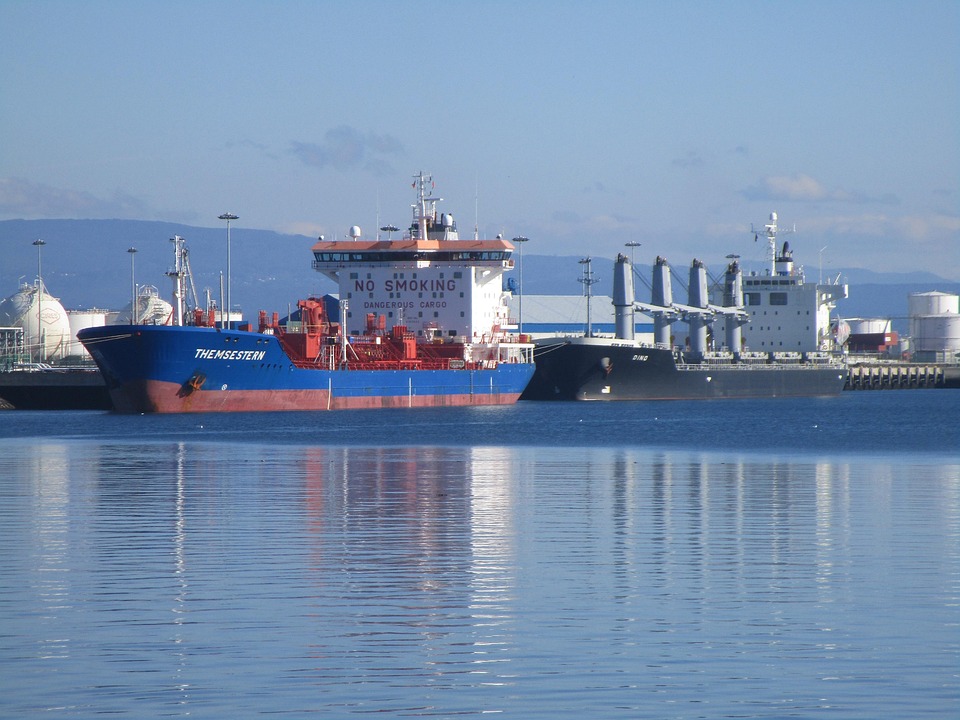
I. The "Keen Eyes" of Customs: Why is Disease Surveillance Necessary?
As a seasoned professional with 20 years of experience in foreign trade, I often tell my clients: "Customs disease surveillance is like giving import and export goods a 'health check.' It not only safeguards domestic ecological security but also upholds the credibility of international trade."
According to the Law on the Entry and Exit Animal and Plant Quarantine, customs authorities may conduct monitoring at the following locations:
- Port areas: First-line defenses like airports, ports, and stations
- Storage facilities: Key nodes such as bonded warehouses and cold chain storage
- Production and processing plants: Especially enterprises handling animal and plant products
- Planting and breeding bases: Source control for exported agricultural products
II. The "Eighteen Martial Arts" of Monitoring: How Does Customs Do It?
The General Administration of Customs annually formulates a "Monitoring Operation Plan," with each customs district refining implementation plans based on actual conditions. Common monitoring methods include:
- Fixed-point monitoring: Setting traps and sampling points in key areas
- Mobile inspections: Deploying quarantine dogs and rapid detection equipment
- : Sampling tests for seed quality and pest conditions: Conducting precise analysis of collected samples
- Big data alerts: Intelligent assessment combining global epidemic dynamics
I recall last year when quarantine weeds were detected in an imported grain shipment - customs immediately activated emergency protocols, quickly identifying the contamination link through traceability systems, preventing epidemic spread while helping the enterprise improve its processes.
III. "Epidemic Prevention Guide" for Foreign Trade Enterprises: What You Need to Know
Although monitoring is primarily conducted by customs, foreign trade enterprises must also cooperate by:
- Site preparationEnsure monitoring personnel can access relevant areas
- Appliance protectionDo not move or damage monitoring equipment
- Emergency responseReport any abnormalities to customs immediately
- Source controlExport enterprises should strengthen epidemic self-inspection at cultivation sites
Special reminder: According to the Supervision and Management Measures for Import and Export Grain, grain import and export enterprises should pay special attention to epidemic prevention management along transportation routes to avoid spillage causing cross-contamination.Inspection of vaccinesDisease monitoring is not only a domestic requirement but also relates to quarantine access in export destination countries:
IV. The "International Language" Behind Monitoring: Key Points of Trade Compliance
Some countries require
- Epidemic monitoring reports from cultivation areasAquatic animal exports must comply with
- Importing country monitoring programsThe EU, US and others haveRequested
- Special requirements for pesticide residue monitoring dataUnderstand destination country quarantine regulations in advanceMaintain self-inspection records for at least 2 years
Recommendations for foreign trade enterprises:
- Select quarantine treatment units certified by customs
- With the development of international trade, customs monitoring work is also keeping pace with the times:
- Smart monitoring
V. The "Epidemic Prevention Front" in the New Era: Industry Development Trends
: Apply new technologies such as IoT and AI recognition
- Global joint prevention: Establish epidemic notification mechanisms with major trading partners
- : Simplify monitoring procedures for AEO-certified enterprisesPrecision services
- 36. Green channel: Provide customized monitoring solutions for key industries
- As foreign trade enterprises, we should regard disease monitoring asAn important part of quality control
As foreign trade enterprises, we should consider disease monitoring asan important part of quality controlRather than an additional burden. Only when biosafety is ensured can international trade proceed steadily and go far.
Final reminder: For specific inquiries, please call Customs Service Hotline 12360 or visit your local customs website. Remember, compliance is always the most economical way to trade!


 Follow Customer Service WeChat
Follow Customer Service WeChat